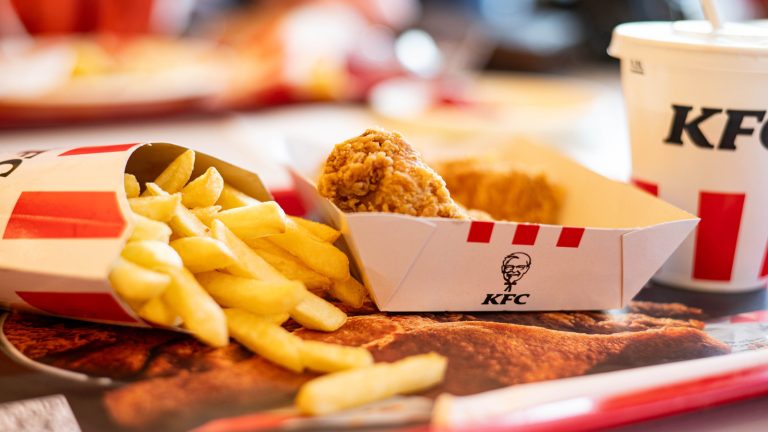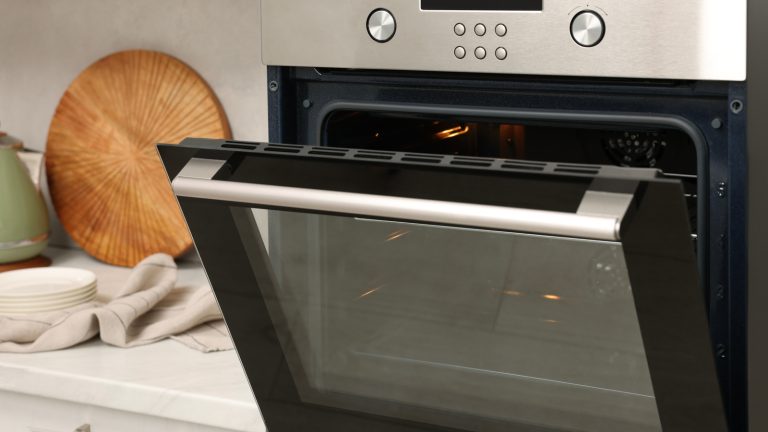We all know that familiar feeling as you’re craving one of your favorite meals from Olive Garden, In-N-Out Burger, Starbucks, or Chipotle, knowing just what to expect. That’s because these are chain-style restaurants with consistent menus, a certain level of quality, and reliable hours and service. But are they actually chains or are they franchised? It’s easy to assume these two business models are one and the same, especially when a well-known restaurant with multiple locations looks the same and serves the same food. In reality, there are quite a few differences between standard chain and franchised restaurants.
The simple explanation is that chain eateries are owned and operated by the same corporate entity, which runs two or more businesses bearing the same name, identity, and appearance. The menu is identical at each location, with only slight potential for variation to accommodate regional tastes. However, its goal is to be predictable for consumers who know and love familiar items prepared in specific ways. Well-known eateries primarily operating as chains include Chipotle, In-N-Out Burger, Shake Shack, and Cracker Barrel.
Franchises, on the other hand, have independent owners who purchase rights to operate under the umbrella of an established brand. They can legally use the parent company’s trademark, likeness, menu, advertising, and more. You may never even know whether you’re dining at a chain or a franchise (even inside the U.S. Pentagon), except for certain nuances in operating styles implemented by a franchise owner. Examples of franchise operations are Taco Bell, Crumbl Cookies, Jack in the Box, McDonald’s, and Jimmy John’s, among others.
Why choose a franchise over a chain
A consumer may seldom, if ever, notice the difference when dining at a traditional chain restaurant or a franchised one. However, there can be variations in consistency when a brand operates as a franchise, since the eatery is not under the direct operation of the parent company. It has a separate owner who’s been trained and equipped by the brand but operates as its own business with its own management style. You may therefore notice slight differences in customer service, quality, taste, overall appearance, and even minor menu fluctuations.
On the other hand, dining at a company-owned chain restaurant, rather than a franchise, means there’s tighter control by the parent company, which hires and trains all employees for each location. It maintains strict and uniform requirements for every aspect of daily operation. As a result, customers typically enjoy consistent flavor across the board and a higher food quality.
From a business owner’s standpoint, the differences between a chain and a franchise are far more evident. In the chain business model, since the parent company owns every location, it takes all the risks and reaps all the rewards. When a company allows franchising, it gives up some of that control and most of the profits, but in return, benefits from franchising fees, ongoing royalties, and expansion for the brand without major expense output. The franchise owner instead pays to license a parent company’s products and reputation, which it offers along with training, advertising, merchandise, and more.






